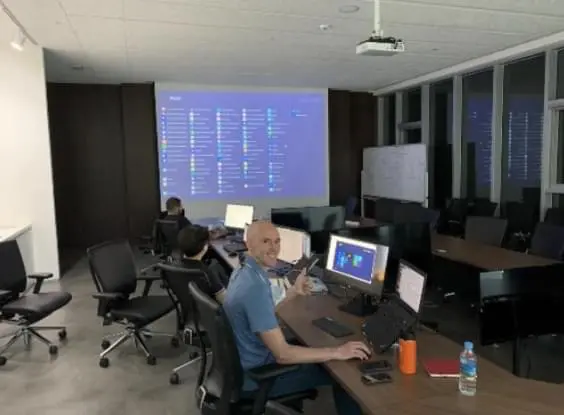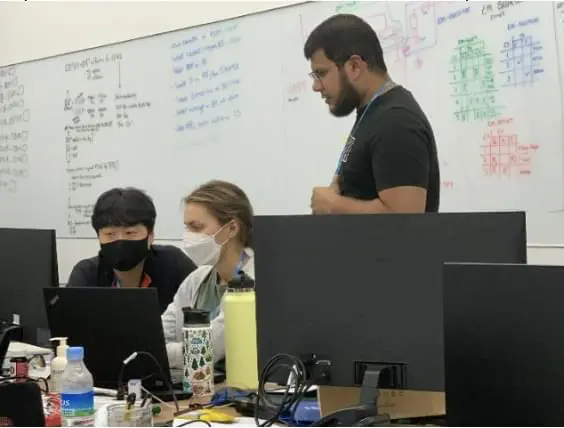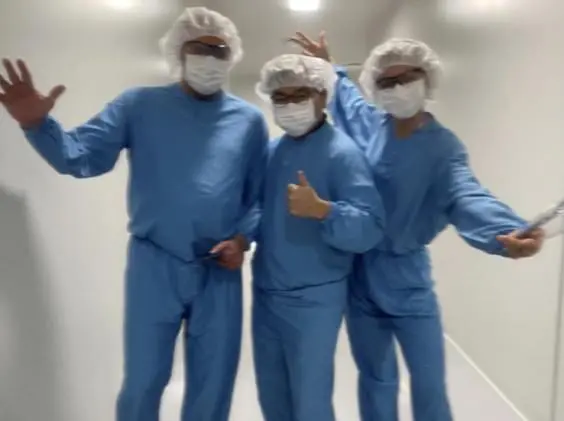INTEGRATING PROCESS AND AUTOMATION DESIGN.
A RETROFIT FOR THE AGES!
A key point to facility design is that everything you do has to be geared toward the end validation. If you do not have that in mind during the design, it will be much harder for the facility to be approved for production. To be ready for validation, coordinated integration of process with cleaning and sterilization is of the utmost importance and this applies for both mechanical and automation.
For this particular project, HBW staff working as part of a larger team performed an investigation of contaminations that were occurring within a mammalian cell culture/ purification process. The output of this investigation found CIP line size issues, paths with questionable sterilization practices, and automation design issues, including non-compliancy with S88:
- The existing system only implemented Simatic Batch fully on the process Equipment Phases (EP)
- The remaining functionality used EPs which were manually started from the graphics screens via pushbuttons.
- The existing code had been implemented without the use of Equipment Modules (EM) and with each EPs being an individual SFC type.

The mechanical issues were corrected by a general contractor with guidance from the combined project team. HBW Solutions revised the CIP automation for the facility that was based on Siemens PCS7, using Simatic Batch. We were required to fix many network issues to get the network stable enough for operations prior to loading any replacement code for start-up. The CIP software for one of multiple processing suites was modified. This included 5 CIP skids and approximately 50 CIP clients.
The challenge HBW faced was that this complete restructuring of the CIP software into a compliant S88 batch system was to be implemented while allowing for full functionality of existing SIP and process operations. On top of this, production still would need to be able to run the existing CIP circuits while qualifying the new CIP software.
The tasks involved were as follows.
- Process operations design and layout.
- Assignment on Units to all equipment (CIP Skids & Clients), as required.
- Design, production, testing, and on-site implementation of all the required Unit Equipment Modules.
- Design, production, testing, and on-site implementation of the CIP skid and CIP Client unit classes, based on the HBW CIP process design documentation.
- Remote SFAT testing
- Produce and test Batch Recipes for all the CIP / Client units, using the Batch Control Centre (BCC) environment.


HBW set up a development system for the client at our offices to develop the software. Once the code was installed at the facility, our team started up the equipment and qualified the new CIP circuits. At the end of CIP software implementation, the client had an S88 compliant CIP software design that was able to be validated. Even better, the production train was able to run without contaminations.
Other Notes:
-
1. $200 MILLION EXPANSION OF AN API FACILITY.
EXPANDING ROLES! -
2. $1 BILLION GREENFIELD PLASMA FRACTIONATION FACILITY.
SUPERSTAR START-UP! -
3. TURNING UREA TANKERS INTO CONSTANT STIR TANKS.
WHAT A NOVEL CONCEPT! -
4. HBW SOLVES A TRICKY ENGINEERING PROBLEM IN THE DAIRY.
THE ART OF HYDRAULICS! -
6. SOLVING SYSTEM CONTAMINATIONS.
IT’S THE LITTLE THINGS! -
7. TURNING OUR EYES TOWARD THE ENERGY SECTOR IN
AUTOMATION. READY, SET, LAUNCH! -
8. USING OUR TALENTS TO TEACH THE NEXT GENERATION.
TRAINING TOMORROW!